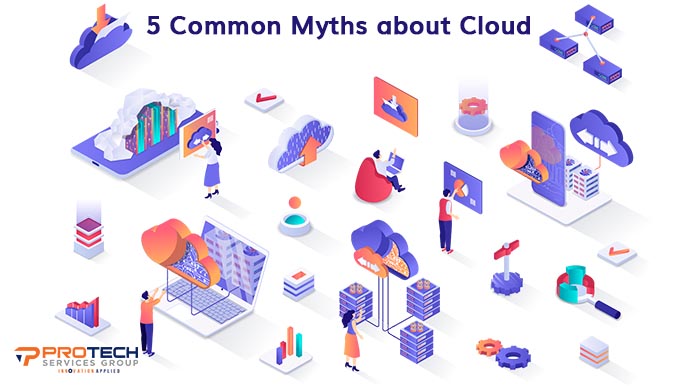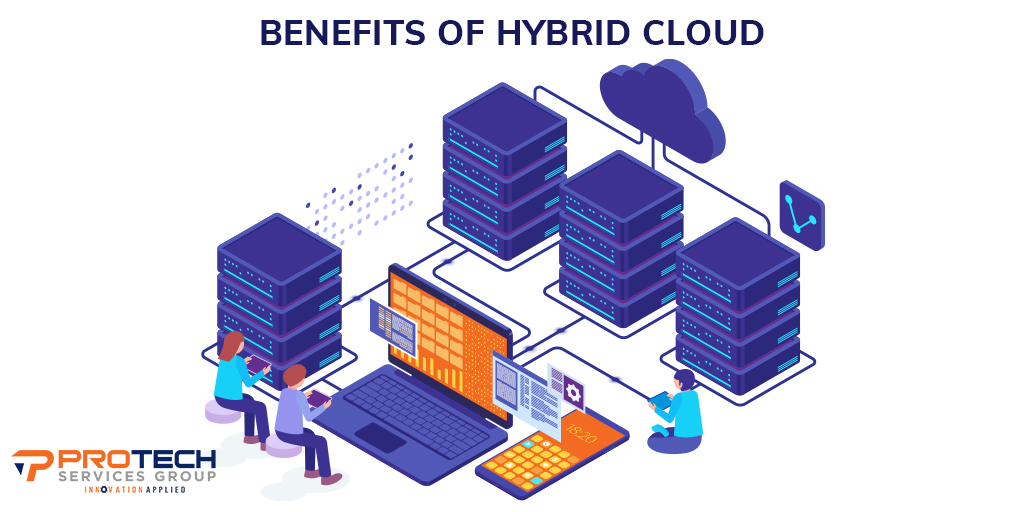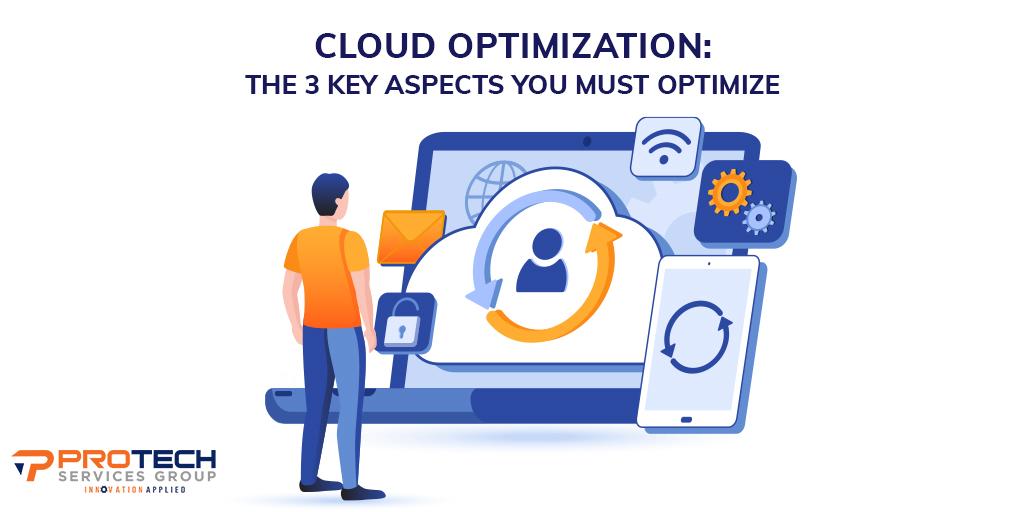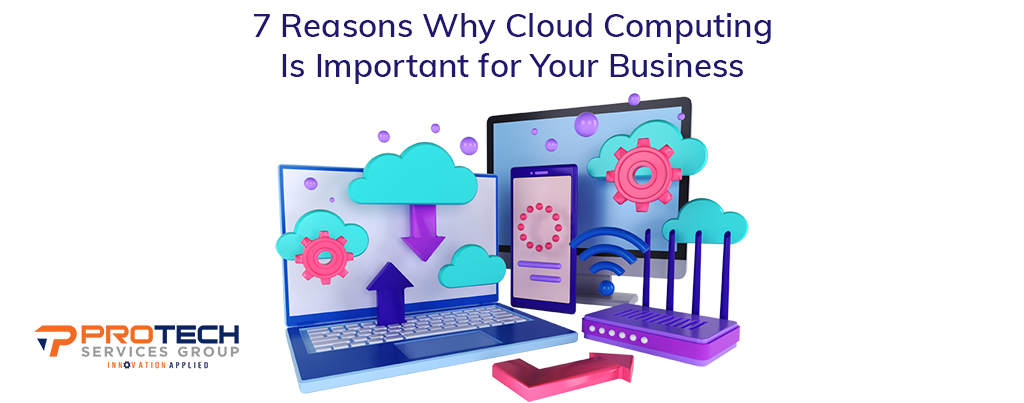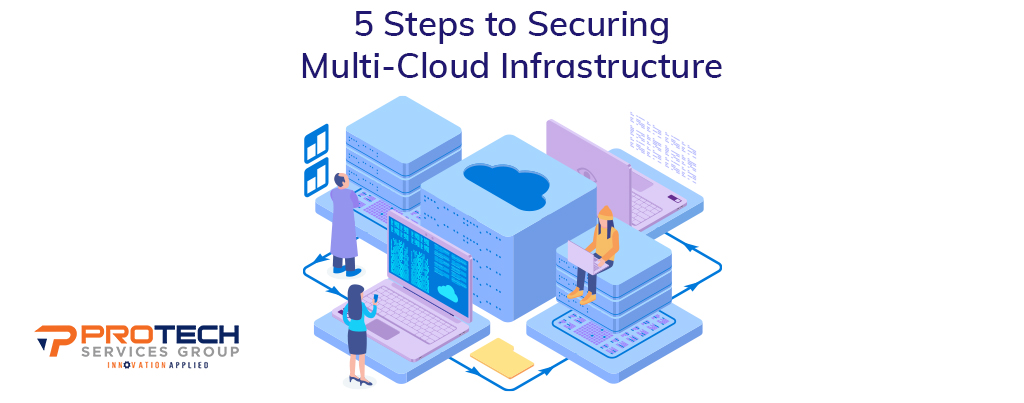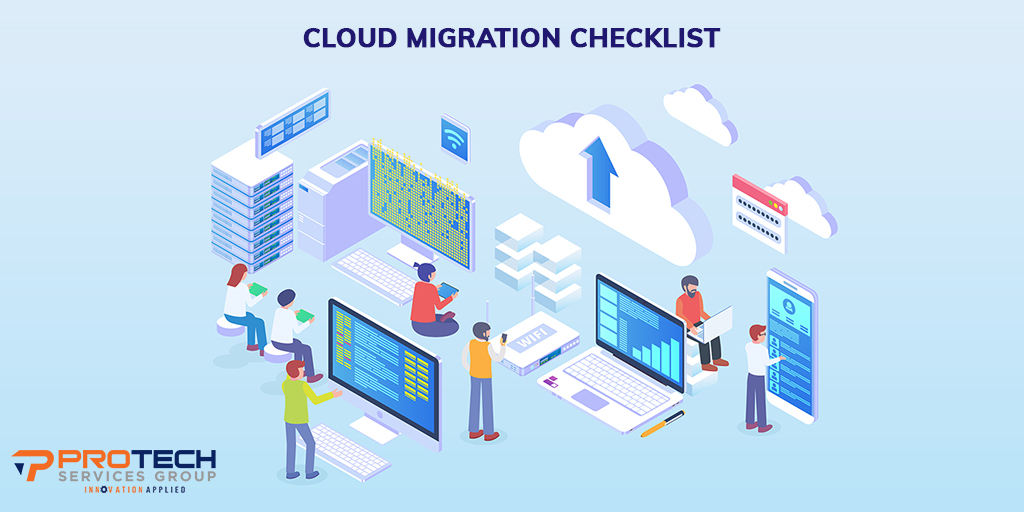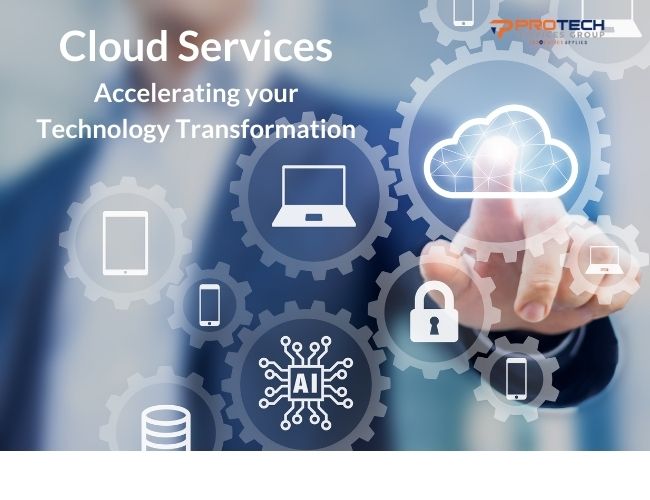Cloud computing has gained wide acceptance by different organizations over the past years and has become invaluable at enhancing the flexibility, and growth of many organizations. According to Tech Jury report, at least 85% of businesses across the globe make use of cloud computing to store their company’s information.
However, while the immense benefits cloud computing offer is glaring, majority of company owners and communication inspection officers have failed to harness the full potentials of cloud computing based on several misconceptions they have about it. These myths have not only hindered organizations from maximizing the entire benefits of cloud computing, but they have also served as constant roadblocks to the growth of these organizations.
In this article, we would be debunking 5 common myths about the cloud.
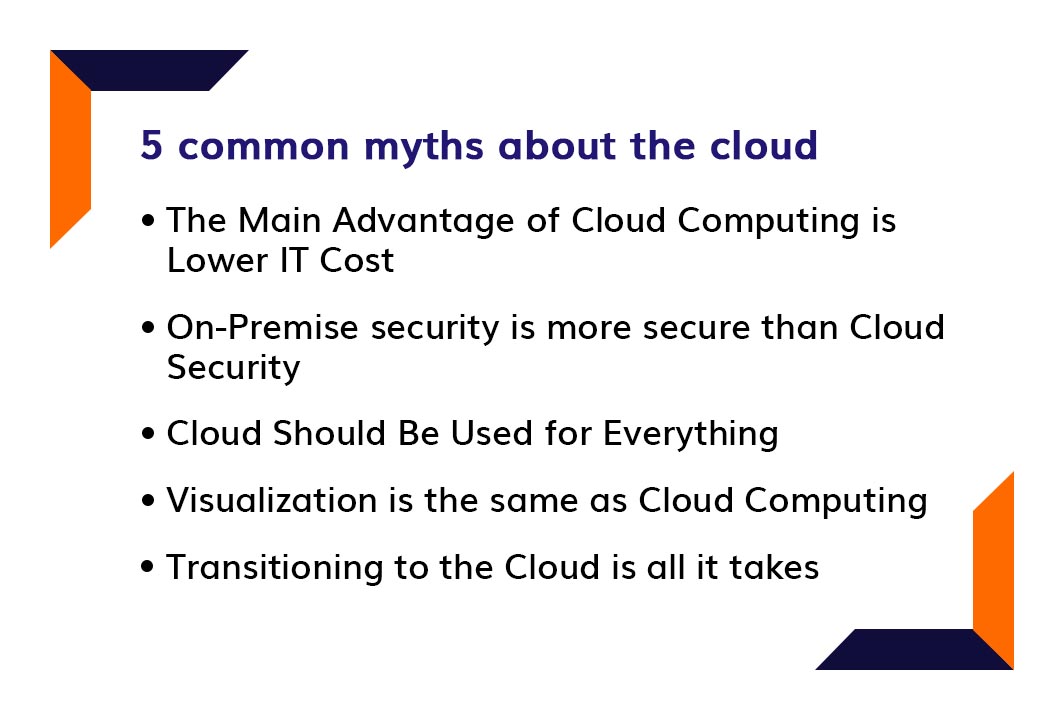
Let’s get right into it.
Myth 1: The Main Advantage of Cloud Computing is Lower IT Cost
Many organizations miss out on the immense opportunities embedded in cloud computing by limiting cloud computing benefit to IT cost reduction. Although IT cost reduction is a major benefit cloud computing offers, IT cost reduction is just a slice of the bigger benefits that cloud computing has to offer organizations.
Rather than restrict cloud computing benefits to IT cost reduction, organizations should examine the bigger picture. Other than ensuring IT cost reduction, cloud computing is a game-changer for typically every aspect of an organization. Among other benefits, cloud computing makes it easier for organizations to scale and move their business forward by ensuring flexibility, enhancing productivity, and ensuring business continuity through adequate data protection.
Myth 2: On-Premise security is more secure than Cloud Security
A major concern many company owners have is how well secured the cloud is to protect their company’s vital information due to the consistent data breaches that occur. The truth, however, is that the challenge does not exist in the security of the cloud itself, but in the security measures companies take to ensure their data is properly secured in the cloud.
Statistics have revealed that by 2025, 95% of security failures will be the customer’s fault. Presently, this prediction has proven to be true because practically all cyber failures in the cloud have been generated by the customer.
It is, therefore, important that company owners change the line of questioning from “how well is the cloud secured?’’ to “how is the team using the cloud securely?’’ in order to ensure the defined guidelines and policies required to maintain appropriate security controls are followed.
Adopting a DevSecOps operating model by companies is necessary to ensure that the cloud security policies provided are effective. To avoid weak configurations, organizations should implement security services across development patterns and ensure they are accessible through the use of APIs. Companies should also ensure to hire and train the right IT support to ensure best cloud security practices.
Myth 3: Cloud Should Be Used for Everything
Many organizational heads and CIOs believe all organizational activities should be run on the cloud. However, running all organizational activities on the cloud is not advisable for two major reasons: first, some applications aren’t suitable for the cloud, secondly, running certain applications on the cloud aren’t cost effective.
Organizations should therefore, have a thorough understanding of applications’ details before migrating them to the cloud. Organizations should also consider their present IT situations, level of available resources and application migration expenses to make the best decisions when running operations in the cloud.
Myth 4: Visualization is the same as Cloud Computing
Contrary to popular opinion, visualization and cloud computing are different concepts. While visualization involves taking a specific activity to the cloud, cloud computing is the complex integration of different data and several organizational activities. Cloud computing goes beyond taking a specific activity to the cloud to employ a well-grounded automation infrastructure to effectively integrate organizational activities.
Myth 5: Transitioning to the Cloud is all it takes
Some organizations approach cloud computing as a one-time activity. However, to get the best results with cloud computing, organizations need to approach cloud computing as a continuous activity. Cloud is an operating model just as it is a technology, and to take full advantage of cloud’s potential, organizations must understand that migrating activities to the cloud is just the beginning of a continuous process. Post –migration activities, performance management and restructuring are all vital aspects of successful cloud computing.
Get Started Now
Manage Your IT Infrastructure with Cloud Services
Cloud computing provides several benefits for all organizations willing to do away with misconceptions and tap into the cloud’s full potential. If you would like to know more about cloud computing and how to maximize its power to suit your organizational goals, then, reach out to us at ProTech. We can help build a plan and migrate you to a managed, cloud computing solution that is right for your business. We are available for free consultations and discussions about various product offerings. Contact us today at 901.767.7550.

